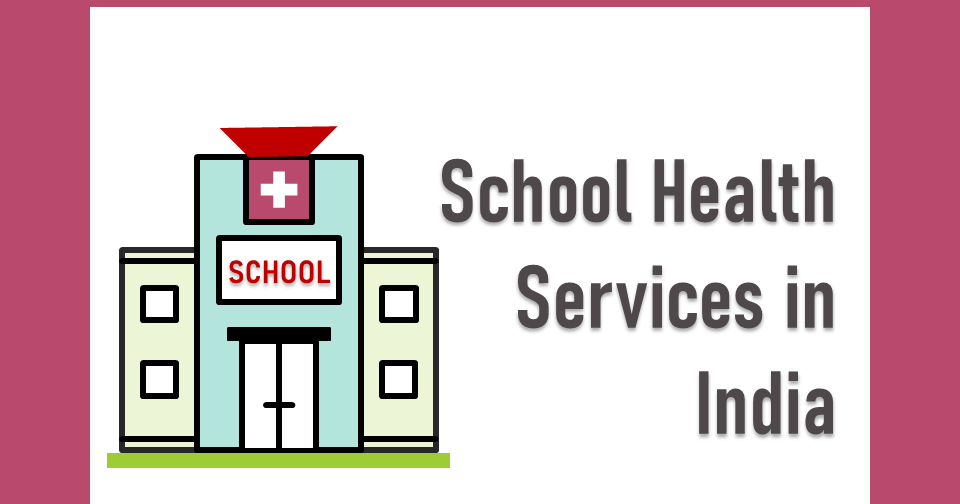
Revamp India's health services
Revamp India's health services
Revamp India's health services
Revamp India’s school health services—
Children across India are back to school for in person classes after an unnecessarily prolonged and arguably unwarranted closure (especially for the last one year) in the wake of the COVID19 pandemic.
It is time for concrete policy measures and actions that target schoolchildren.
On the education front, while there has been some discourse on ‘learning recovery’, there is an urgent need to factor in the health needs of schoolchildren. One of the reasons school health services receive inadequate policy attention is because healthcare needs are often equated with medical care needs.
Though school age children have a relatively low sickness rate (and thus limited medical care needs), they do have a wide range and age specific health needs that are linked to unhealthy dietary habits, irregular sleep lack of physical activity, mental, dental and eye problems, sexual behaviour, and the use of tobacco and other substances, addiction, etc.
One of the reasons for wrongly designed, and often very rudimentary, school health services — not only in India but also in most low and middle income countries,
what constitutes well functioning and effective school health services— This situation coexists in spite of much evidence guided by international literature.
UNESCO, UNICEF, the World Health Organization (WHO)and the World Bank have published an interagency framework called FRESH — an acronym for Focusing Resources on Effective School Health. The FRESH framework and tools propose four core areas and three supporting strategies. The core areas suggest that school health services need to focus on school health policies i.e., water, sanitation and the environment; skills based health education and school based health and nutrition services. The supporting strategies include effective partnerships between the education and health sectors, community partnership and student participation.
Additionally, guidelines by the Centers for Disease Control and Prevention, Atlanta, U.S. advise that school health services should focus on four main areas of acute and emergency care; family engagement; chronic disease management; and care coordination.
According to WHO , school health services should be designed based on local need assessment; should have components of health promotion, health education, screening leading to care and/or referral and support as appropriate.
The objective of school health services –
(1) To be the promotion of positive health, prevention of disease, early diagnosis, treatment and follow up, raising health consciousness in children and enabling the provision of a healthy school environment
(2)Health talks and lifestyle sessions ( by schoolteachers and invited medical and health experts) should be a part of teaching just as physical activity sessions are. Some of the teaching must look at adolescent sexual health; also, subjects such as menstrual hygiene, etc. should be integrated into regular classroom teaching. Third, school health clinics should be supplemented with online consultation for physical and mental health needs.
(3) The role and the participation of parents, especially through parent teacher meeting should be increased. Parents need to be sensitised about how school health services are delivered in other countries; this may work as an important accountability mechanism to strengthen school health. Innovative approaches that offer limited health services to parents, families and even school- teachers could increase use, acceptance and demand.
(4) The Government’s school health services initiatives do not include private schools most of the time. Private schools do have some health services, which are nearly always restricted to curative care and taking care of emergencies.
(5)Under the Ayushman Bharat programme, a school health initiative was launched in early 2020, but its implementation is suboptimal. monitor performance based on concrete outcome indicators.
(6)Children are the future of society, but only if they are healthy and educated.The Departments of Education and Health in every Indian State must work together to strengthen school health system.
It is an opportunity to bring children, parents, teachers, health and education sector specialists and the Departments of Health and Education on a common platform to ensure better health and quality education for every child in India. A convergence of the National Health Policy, 2017 and National Education Policy, 2020 should result in the provision of comprehensive school health services in every Indian State.
